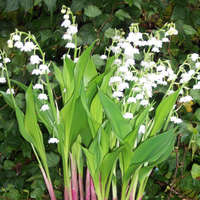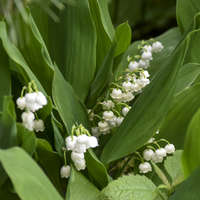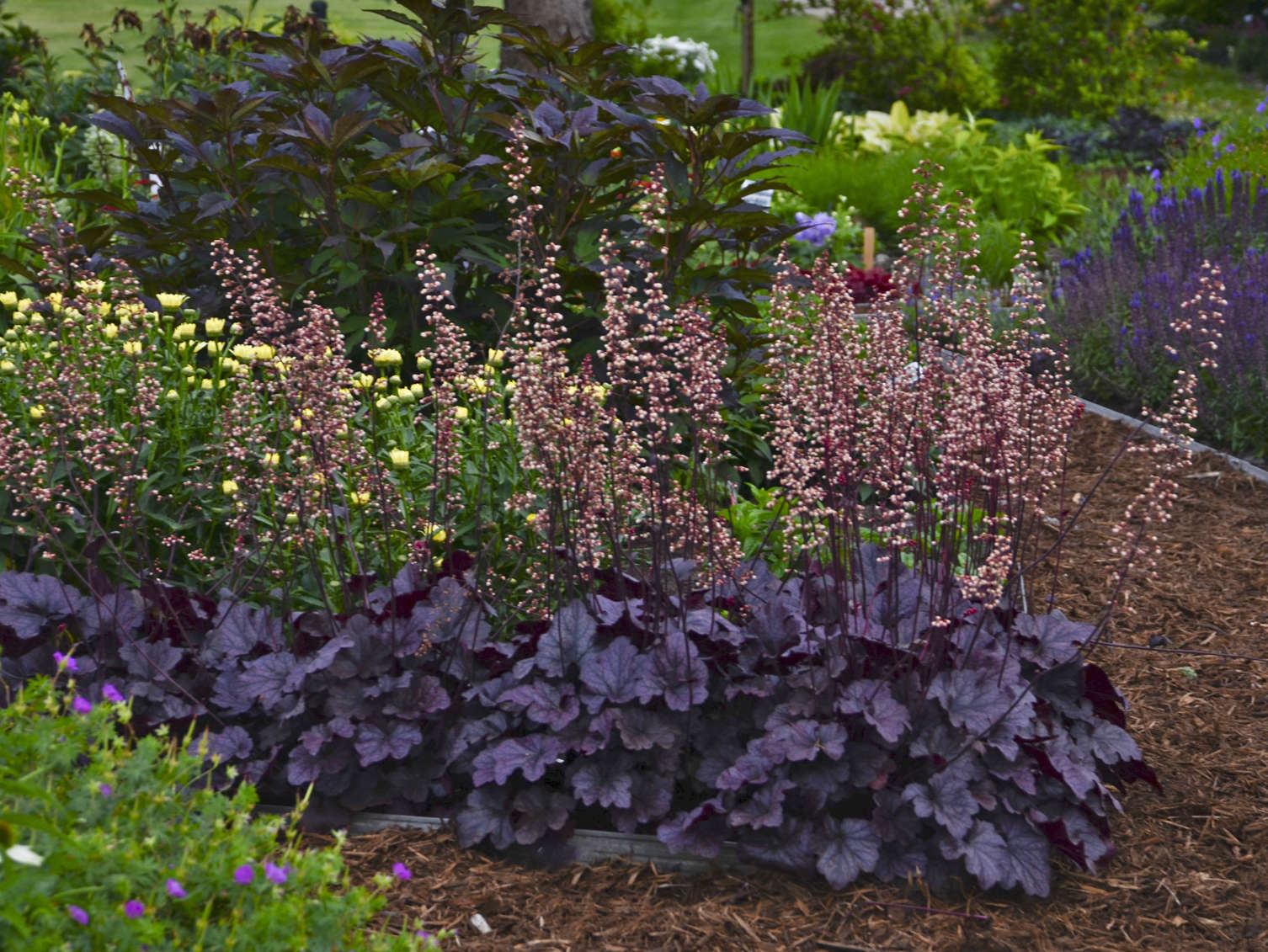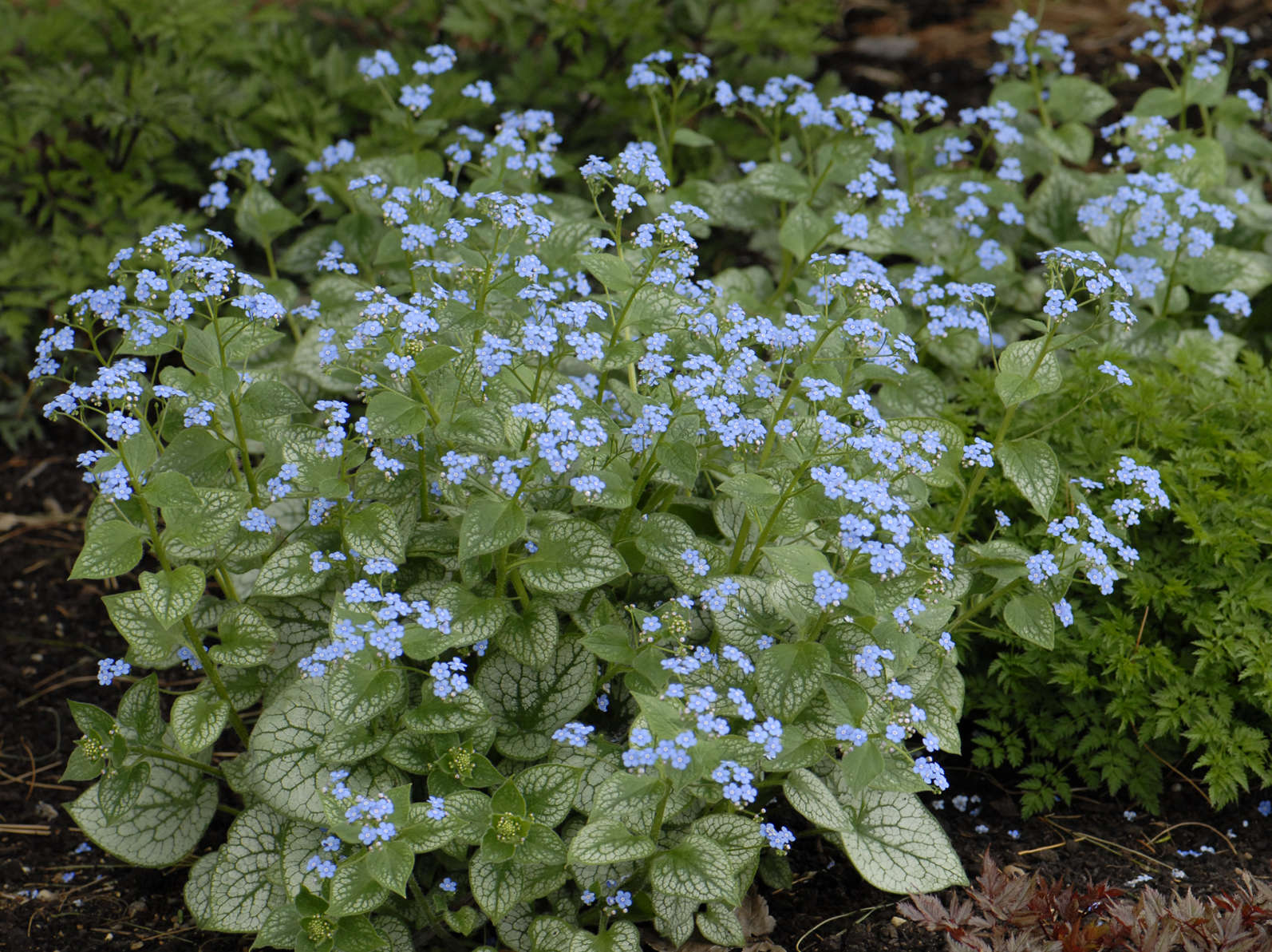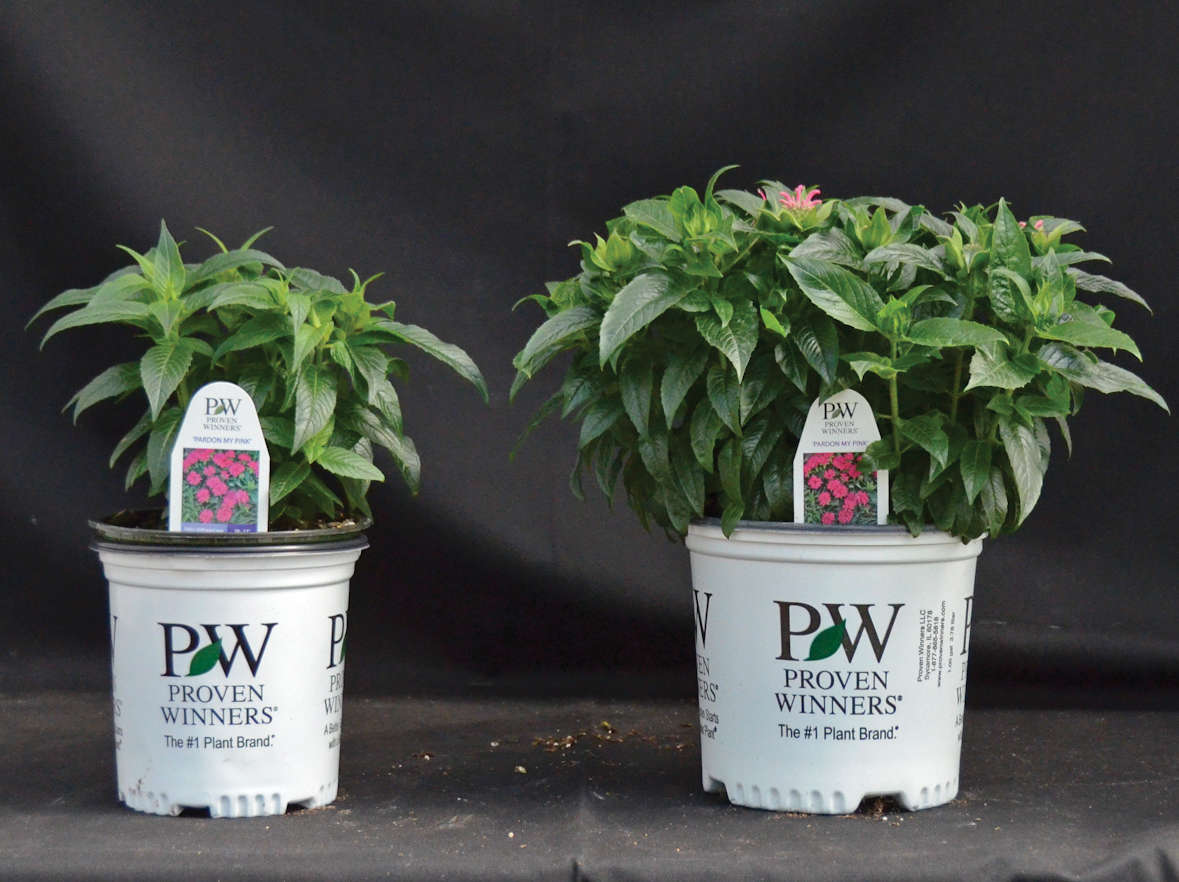Convallaria Growing Tips
Forcing and Marketing Convallaria for Spring Sales
12/12/2011
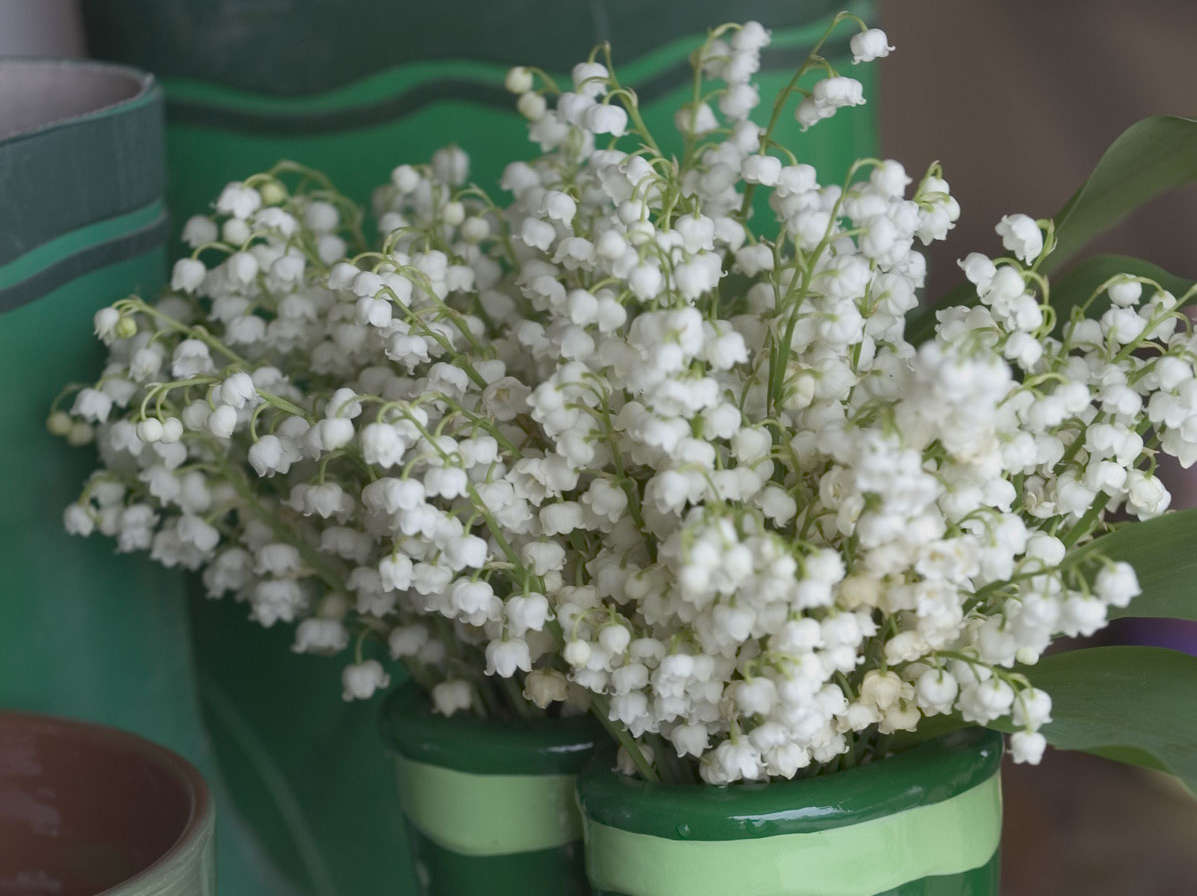 Words to Know
Words to Know

Pip — An offset or shoot that appears on a rhizome.
Planting Pip — A younger shoot that may or may not produce a flower-bearing plant the first year. These pips are typically reserved for general landscape use.
Flowering Pip — A more mature shoot that usually produces a flower-bearing plant the first year. These pips are typically used for forcing in containers.
Forcing Convallaria
Timing: Our pre-chilled Convallaria flowering pips can beforced into flower in just 8 weeks when grown at 61ºF with no artificial light. Pot up the flowering pips by Valentine’s Day, February 14th if forcing for Easter.
Instructions:
- Start by ordering high quality, pre-chilled Convallaria pips from Walters Gardens, Inc. Though we offer both planting
- and flowering pips, flowering pips work best for forcing; planting pips may not flower the first year.
- Prepare the soil. We recommend using a commercial potting mix with a pH of 5.8-6.5. Pre-moisten the mix before planting, but don’t let it get soggy.
- Plant the pips with the conical end pointing up so that the tops of the pips stick up just above soil level. Firm up the soil around the rhizomes so they do not sink further in when watered.
- Grow them on for 8 weeks at a temperature of 61ºF with no artificial light. Do not let the soil dry out.
- We recommend planting 4 pips per quart container. Though they can be potted up into larger containers, remember that the more you plant in the pot, evenly spaced, the better the finished plant will look.
- If you have a way to keep some of the bare rhizomes cool, staging your planting is a good idea so you will always have some in bloom to sell. Simply pot up more each week to two weeks and allow 8 weeks for them to come into bloom. Alternatively, you can stage your Convallaria orders with Walters Gardens, Inc.
Advertising Pointers for Retail Garden Centers
☛ Convallaria certainly outranks nearly all other perennials when it comes to fragrance, retaining its heady perfume when cut for fresh bouquets. It is considered a standard flower for bridal bouquets and is easy to preserve so it can be enjoyed for years to come.
☛ Convallaria is easy to grow in most soil types and partial to full shade. Recommended uses include:
- Groundcover under trees and shrubs
- Erosion control for slopes
- Wildflower for woodland gardens
- Beautiful container plant
- Strongly fragrant cut flower
☛ Convallaria is an ultra-hardy perennial that actually prefers cold weather. Gardeners as far north as zone 2 (-40ºF) can grow this perennial successfully. Though it will tolerate the warmer weather of zones 6 and 7, it struggles to battle the heat and humidity of zone 8 (20ºF).
☛ Once it has been forced in containers, this classic beauty can be reused in the garden. Store the rhizomes in a cool, dry place, then plant them outdoors in partial to full shade when the danger of frost has passed. They may miss a year of blooming, but will regain their awesome vigor and blooming capabilities in subsequent years. Plants should not be forced in containers for a second year.
☛ Though Convallaria can easily stand on its own as a groundcover, it also combines beautifully with other vigorous shade perennials such as ferns, Vinca, and Aegopodium (Snow-on-the-Mountain).
☛ Increase your sales of Convallaria by marketing it to a religious audience. Among Convallaria’s many common names is “Our Lady of Tears”; the flowers are a symbol of the Virgin Mary. This flower becomes especially important for churches during the month of May, which is the month which honors the Virgin Mary. Be sure to start forcing your pips by early March so they are in bloom by May!
